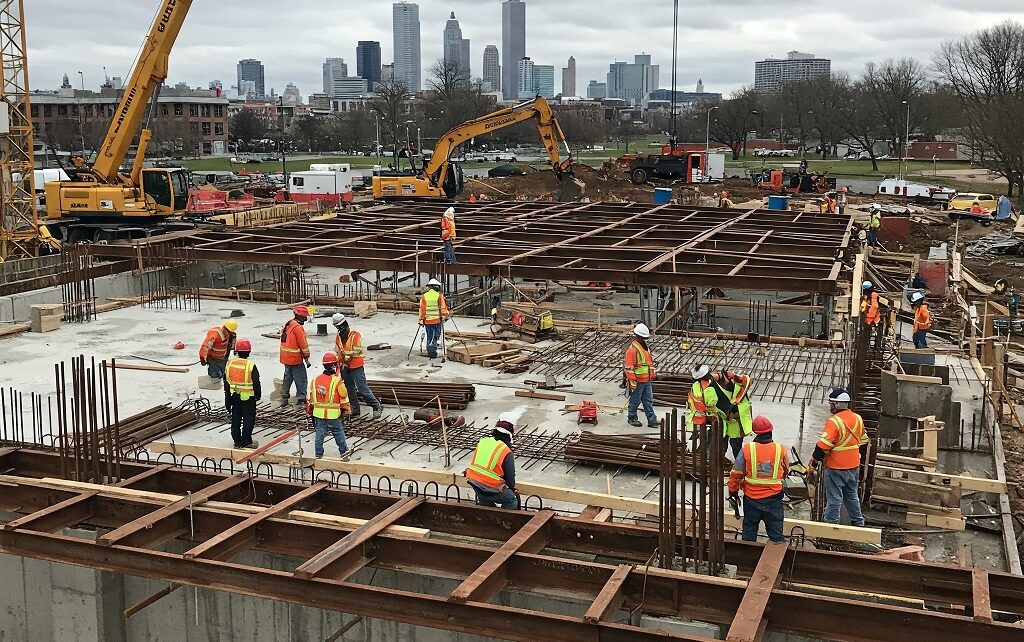Working on government construction contracts is never simple, but once you cross international borders, things really start to change. From how contracts are written to the way projects are managed, global construction takes on a whole new layer of complexity. What works at home doesn’t always work abroad—and knowing the difference can save time, money, and a whole lot of stress.
Contract Terms Shift Dramatically Across Borders
In domestic projects, contract language tends to follow a familiar rhythm. Most contractors know what to expect: payment schedules, scope changes, and dispute resolution clauses are often standardized. But once a government project goes global, those expectations can flip. International construction contracts often follow entirely different legal traditions—some rooted in civil law, others in common law—so the structure, terminology, and risk distribution can look nothing like what you’re used to.
An international construction company must read these documents with care. Clauses that seem standard in a U.S. contract might be absent or handled differently overseas. For instance, indemnity provisions might not be enforceable in certain jurisdictions. Governments abroad may also embed cultural expectations into contract language—such as a more collaborative or hierarchical tone—which can affect how disputes are handled. Every word matters, and the smallest shift in phrasing can change who bears responsibility when issues arise.
Legal Frameworks Introduce Unfamiliar Compliance Demands
One of the trickiest parts of global construction is understanding the local legal framework. Domestic contractors are used to working under familiar codes, agencies, and safety standards. But international projects are subject to foreign regulations—some of which change frequently or aren’t well-documented in English. This means companies must often rely on local counsel or compliance experts to interpret building codes, worker safety laws, and procurement rules.
International construction companies also face additional layers of bureaucracy. Some governments require project registration with multiple ministries or enforce local content rules that dictate what portion of labor and materials must come from within the host country. There can also be tight restrictions on subcontracting, data privacy, or security clearances—especially on sensitive government projects. For global construction firms, knowing how to stay in compliance isn’t optional; it’s essential for avoiding fines, delays, or even a revoked contract.
Payment Structures Vary Between Domestic and Global Projects
Getting paid on a government project can be complicated enough, but international jobs bring a different set of rules. Domestically, payment terms tend to be predictable. Invoices are processed on net-30 or net-60 terms, with progress billing tied to clear milestones. International contracts, however, often involve delayed payments, currency exchange fluctuations, or requirements for local bank accounts.
Some global construction contracts require performance bonds issued by local financial institutions, or advanced payment guarantees before work begins. In certain countries, it’s not uncommon to see multi-step approval processes for each invoice, slowing cash flow significantly. Currency risk adds another layer. Exchange rates can shift dramatically during long-term projects, impacting final margins. Smart contractors build financial buffers into their bids—but those who don’t may find themselves chasing money in markets that don’t always move fast.
Site Logistics Take On New Complexities Internationally
A project site in another country brings with it a world of logistical challenges that domestic crews may never face. Materials that are easy to source in the U.S. might be rare or heavily taxed elsewhere. Simple deliveries can be delayed at customs, while infrastructure limitations—like narrow roads or unreliable ports—can throw off construction schedules entirely. And in many regions, just getting your equipment to the site is a puzzle in itself.
Then there’s labor. In domestic builds, crews are often trained to the same codes and practices. On international jobs, however, teams may be made up of a blend of local and foreign workers, each with different expectations, training levels, and languages. Coordinating this workforce takes more than just good management—it requires cultural awareness, multilingual communication, and sometimes, patience. An international construction company that can’t adapt quickly will struggle to keep the project moving.
Project Timelines Influenced by Foreign Approval Processes
Domestic contractors often rely on set timelines, with clearly defined stages and approvals that flow in order. But global construction doesn’t always run on that kind of clock. In many countries, government processes don’t follow a predictable schedule. Permits can take longer than expected, and certain stages might be delayed due to national holidays, political turnover, or sudden changes in local law.
This kind of unpredictability forces contractors to stay flexible. Buffer time becomes critical. For example, one delay in design approval could hold up procurement, causing a ripple effect that pushes the schedule back by months. In some regions, construction pauses during religious seasons or extreme weather. A smart international construction company builds these realities into its planning to avoid surprises. Government contracts abroad move to a different rhythm, and teams must be ready to adjust without losing sight of the bigger picture.
Overseas Environmental Standards Affect Building Methods
Environmental compliance can be a surprise when stepping into foreign territory. Many domestic contractors are used to EPA standards and LEED certifications, but overseas regulations can be stricter—or vague and loosely enforced, depending on the country. Some governments require environmentally friendly building practices from day one, mandating renewable materials, special waste disposal procedures, or low-emission construction equipment.
What works on U.S. soil might be outlawed abroad. Contractors may need to source alternative materials or modify designs to meet regional energy efficiency laws. In some cases, entire construction techniques must change. For instance, tropical regions may require mold-resistant materials, while countries prone to earthquakes will have heightened structural codes. Global construction isn’t just about building—it’s about building the right way for that environment. Following local green standards isn’t just about compliance; it’s about gaining trust and demonstrating long-term investment in the community.



